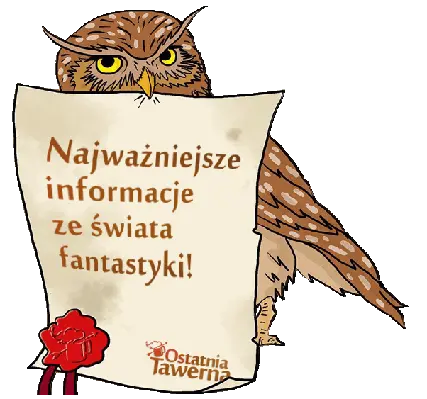Writer Jeff Lemire and cartoonist Dean Ormston continue to play with superhero topos. Much is explained in the third volume of The Blackhammer , but the fate of the characters is still uncertain.
Hammer Strike
The doom era begins with a hard blow. Lucy Weber, as the new Blackhammer, is finally set to explain how the protagonists got stuck on the farm. However, as it happens in stories about superheroes, there is a sudden twist, as a result of which the heroine finds herself in another dimension. Much of the album is filled with her return journey through other worlds – including Hell.
Jeff Lemire knows how not to drag threads. After two volumes of keeping the nature of the provincial prison of the main characters secret (and a few side stories), the writer decided it was time to unveil the secret. Of course, after the addition of “Part 1” in the subtitle, it is easy to guess that this volume will not have a happy ending yet. Before the protagonists, an attempt to return to Spiral City and face its consequences. And although the authors do not leave the reader with a ruthless cliffhanger , they arouse curiosity to such an extent that the most eagerly would be to read another album right away.
The legacy of Stan Lee and Jack Kirby
Lemire and Ormston are still enjoying themes taken from the classics of American superhero comics and more. The visions of other worlds that Lucy traverses echo the echoes of Hellblazer and Gaiman’s Sandman . Above all, however, the third volume of Blackhammer refers to the cosmic and magical legacy of Jack Kirby and Stan Lee. Interdimensional and interplanetary travel, mighty ancient creatures, and galactic-scale threats – in the Age of Doom, you can easily see the tribute to those crazy, over-the-top ideas that were born in the minds of two comic book titans in the 1960s and 1970s.
There were also moral threads, which were a great asset of the previous volumes. Lemire continues to deepen the psychological portrait of his heroes and very consistently presents their reactions to a dynamically changing situation. All decisions they make are credible, and their behavior is consistent and justified. Importantly, the protagonists do not operate in a vacuum. The screenwriter constantly confronts their personalities and value systems. This layer of the story is at least as interesting as the world presented assembled from reworked elements of Marvel and DC comics. If not more interesting. Black Hammer. The era of doom. Volume 1,like the previous parts of the series, it consciously refers to the stories from the silver era of superheroes, deconstructs and remixes them, while trying to look into the hearts and minds of the masked heroes.
Consistent continuation
In terms of its release, Era extermination is no different from other albums with stories from the world of the Blackhammer. The individual chapters have been separated by the covers of the original notebook editions, and at the end of the collection we will also find examples of the subsequent stages of creating several boards with short descriptions. The lack of any introduction (not counting the summary of the previous episodes) or the afterword is not felt and in no way interferes with the reception of the comic.
Black Hammer. The era of doom. Part 1 proudly continues the threads from the two previous volumes and maintains a high level of both aesthetic and fictional layers. The main series from the Blackhammer universe seems to be a bit more serious and better written than the spin-offs. There is more emphasis on the development of character psychology and less on the pulp story. However, this does not change the fact that the plot is also intriguing and makes me look forward to the release of the next album.



